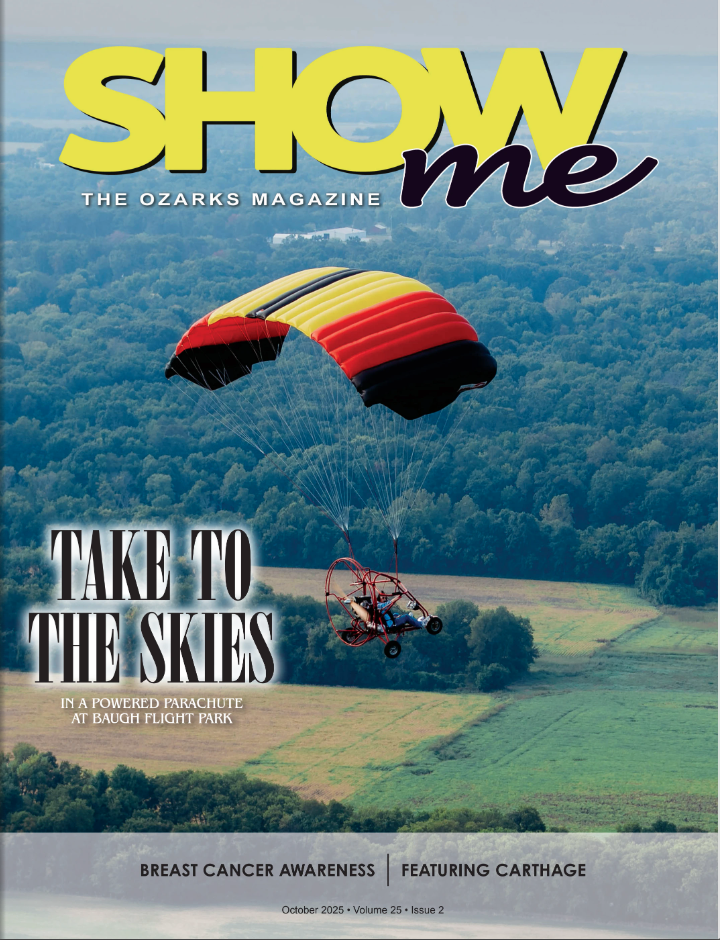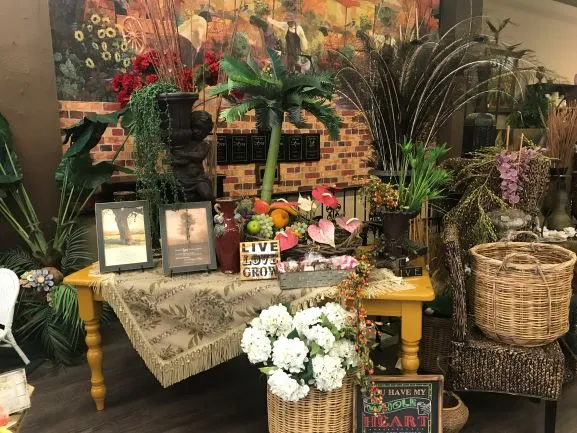Riding Land and Water: One Man's Quadyak Journey


In 2012, a curious idea sparked the imagination of an avid cyclist and kayaker: What if a bicycle and a kayak could be one and the same? That simple thought evolved into a remarkable human-powered amphibious vehicle—and eventually into a 4,500-mile, coast-to-coast odyssey that spanned land and water.
Meet Randy Ridings of Carthage, Missouri, the creator of the Quadyak—a one-of-a-kind hybrid of a four-wheeled recumbent bicycle and a kayak—who not only built this machine with his own hands (with critical help from his late father) but also piloted it from the Pacific Ocean to the Atlantic.
From Dream to Design: The Birth of the Quadyak
"Around 2012, I came up with the idea of a human-powered amphibious vehicle," Randy recalls. “The design was simple in concept—take an existing kayak and build a four-wheel recumbent bicycle inside it.”
It was born out of practical frustration with traditional kayaking.
“One of the main problems with kayaking rivers is you have to arrange a shuttle,” he explains. “You put in at one point, and you end up somewhere else. I started daydreaming about a way to eliminate that problem.”
The result was a combination that allowed a traveler to ride to a river, launch directly into the water and then return home over land—no shuttle required.
He shared the idea with his father, Jim Ridings, a longtime engineer with Eagle Picher and a skilled craftsman in metalwork, welding and fabrication. His father immediately saw the potential and agreed to help bring the vision to life.
The machine took shape: paddle wheels for water propulsion, a front-wheel drive for land, and rear wheels that could steer on pavement or convert into pontoons on water. After a few revisions and trials, the final creation was dubbed the Quadyak—a portmanteau of quad-cycle and kayak.
From Concept to Coast-to-Coast
Once complete, the Quadyak proved surprisingly agile.
“It handled exceptionally well,” he says. “I could keep up with road cyclists during group rides. It wasn’t just a novelty—it worked.”
But he wasn’t interested in building a prototype just for fun—he wanted to push the limits. In 2018, Randy launched an ambitious solo expedition: to ride and paddle across the United States using only the Quadyak and human power.
“I wanted to see what it could really do. I wanted to see how far I could take it.”
The journey unfolded over three consecutive summers:
- 2018: Newport, Oregon → Oxford, Kansas (~80 days of riding and paddling)
- 2019: Oxford, Kansas → Ozark, Arkansas (cut short due to severe river flooding)
- 2020: Ozark, Arkansas → Saint Augustine, Florida (completing the journey)
In total, the trek spanned 160 days, 4,500 miles–with 3,000 miles over land and 1,500 miles by water. He navigated highways, rivers, lakes, rail trails and even passed through locks on the Arkansas River—where he had to comply with boating regulations including life vests, whistles, ropes and other safety gear.
The Cost of Freedom
The Quadyak offered an unmatched level of travel flexibility, but it came at a cost.
“The Quadyak, fully loaded with camping gear, food and water, weighed around 200 pounds,” he says. “Most long-distance cyclists keep their setups under 40. Pushing that much weight with just your legs, especially through mountain ranges like the Cascades and the Rockies, was brutal.”
The physical toll was immense, but the sense of freedom was unmatched.
“This craft allowed me to go anywhere—roads, trails, rivers, lakes and even short stretches of salt water. There’s a kind of joy in knowing that you can just keep going, no matter the terrain.”
Randy camped under the stars, cooked his own meals and lived simply. He carried an air mattress, small tent, sleeping bag, cook stove, utensils, waterproof bags and camera gear. Everything had to fit on the Quadyak and be accessible whether he was riding or paddling.
Support from Strangers and a Growing Community
Though Randy rode solo, he never truly felt alone.
“People would stop to check out the rig. Some were just curious, but others offered water, snacks, a hot meal or even a place to camp. A few even gave me rides to retrieve my chase vehicle when I needed it.”
Over time, he built a small but passionate online following. Bicyclists, kayakers, engineers and adventure-lovers tracked his progress. Some reached out to ask questions; others simply sent encouragement.
“Kids were especially fascinated,” he says. “I met a few who said they wanted to build something like it someday. That kind of inspiration—that makes the whole trip worth it.”
Uncharted Territory
Few vehicles like the Quadyak have been built, and fewer still have been tested to the limits like his. While some student engineering projects and hobbyist builds have attempted amphibious travel, none have come close to his mileage or field testing.
“To my knowledge, no human-powered amphibious vehicle has ever traveled this far,” he says. “I’ve been informally recognized by human-powered boating communities and have even been contacted by engineering schools asking for advice.”
Though he never sought official records or sponsorships, his accomplishment has carved out a unique place in the niche world of human-powered transport.
A Passion Project that Went the Distance
Despite the scale of the journey, this was never a business or professional endeavor.
“I never made money doing this,” he says. “But it combined everything I love: science, design, physical endurance and perseverance. It was an idea I got to live out.”
And now, after three summers and thousands of miles, the Quadyak has been retired from active duty. Randy still bikes and kayaks but now he uses more conventional gear.
Still, he hopes the Quadyak will live on in another form.
“I’d love to get it into a museum someday—not for the recognition, but so other people, especially young people, can see what happens when you chase an idea—even if it’s a little strange.”
Words to the Next Generation of Makers
Asked what he wants people to know, his message is heartfelt and clear:
“I’d like people—especially young people—to follow a passion or idea, even if it’s weird. Especially if it’s weird. It’s very rewarding.”
Whether tinkering in a garage or dreaming up solutions to everyday problems, Randy believes curiosity, creativity and persistence can take you far. In his case, they took him across the country—powered by nothing more than imagination, muscle and a vehicle built by hand.






